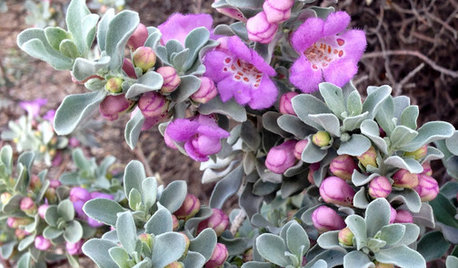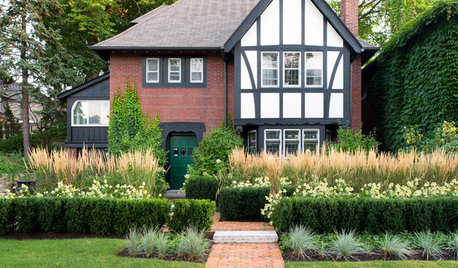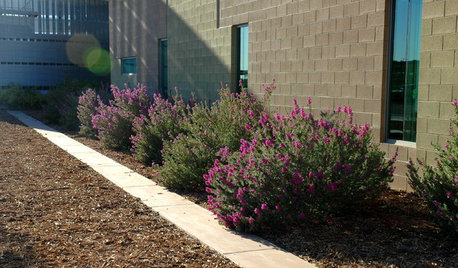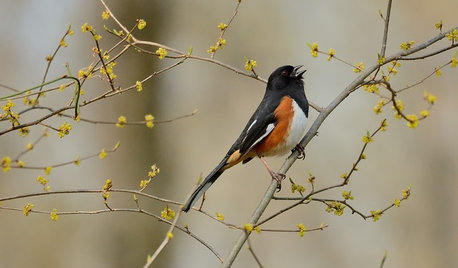Need suggestions for privacy / shrubs / hedge
rockpond
15 years ago
Featured Answer
Sort by:Oldest
Comments (13)
DYH
15 years agoRelated Professionals
Danbury Landscape Architects & Landscape Designers · Ashburn Landscape Architects & Landscape Designers · Baltimore Landscape Architects & Landscape Designers · Roosevelt Landscape Architects & Landscape Designers · Sahuarita Landscape Architects & Landscape Designers · Ellensburg Landscape Contractors · Hilton Head Island Landscape Contractors · Louisville Landscape Contractors · Lyndhurst Landscape Contractors · Quincy Landscape Contractors · San Carlos Park Landscape Contractors · Suitland Landscape Contractors · Wallingford Landscape Contractors · Woodburn Landscape Contractors · York Landscape ContractorsIris GW
15 years agotoken28001
15 years agospazzycat_1
15 years agombuckmaster
15 years agojay_7bsc
15 years agohosta200
15 years agotorajima
15 years agoBrian_M2
15 years agojay_7bsc
15 years agoncdirtdigger
15 years agombuckmaster
15 years ago
Related Stories

GARDENING GUIDES10 Essential Native Shrubs for Southwestern Gardens
Look no further than these Southwestern beauties for a colorful, low-maintenance landscape
Full Story
FALL GARDENING9 Deer-Resistant Flowering Shrubs to Plant This Fall
These exquisite shrubs will attract your attention but won’t tempt the deer that roam your neighborhood at night
Full Story
LANDSCAPE DESIGNHow Low Can Hedges Go? Discover Unusual Garden Borders
Short enough to step over, high enough to be a stretch ... check out these radically different hedge styles and tell us your opinion
Full Story
GARDENING GUIDES9 Low-Growing Hedges That Make Good Neighbors
Define garden areas or borders without blocking the view, with these evergreen shrubs that take kindly to trimming
Full Story
GARDENING GUIDES8 Deer-Resistant Elegant Evergreen Shrubs to Plant This Fall
Who knew that such beautiful shrubs could be deer-resistant?
Full Story
GARDENING GUIDESHow to Prune Your Flowering Shrubs for the Best Blooms
Less is often more when it comes to properly pruning flowering shrubs. Here’s what to do and why
Full Story
GARDENING GUIDESHow to Avoid Overcrowded, Overpruned Shrubs
Go for a more natural look that’s easier and less expensive to maintain by giving your plants the right amount of growing room
Full Story
GARDENING GUIDES8 Native Shrubs for Year-Round Bird Feeding
It’s not just about berries. These plants provide insects for birds and seasonal interest for gardeners
Full Story
GARDENING GUIDES10 Standout Native Shrubs and Small Palms for Southern Gardens
These hardworking plants serve a variety of purposes, such as screening views and attracting native wildlife
Full Story
PATIOSGet Backyard Privacy the Subtler, Stylish Way
Why settle for a hulking brick wall when plants, screens and other refined backyard dividers do the job with panache?
Full Story





Brian_M2